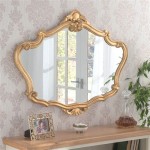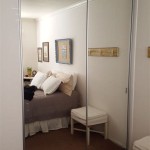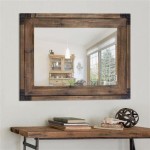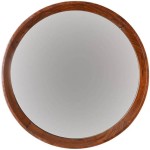Sliding Mirror Closet Door Parts: A Comprehensive Guide
Sliding mirror closet doors offer a sleek, space-saving solution for bedroom storage. Understanding the various components of these doors is crucial for both installation and repair. This guide provides a detailed overview of common sliding mirror closet door parts.
Tracks and Guides:
The tracks, typically made of aluminum or steel, are fundamental to the door's operation. The top track guides the rollers and supports the door's weight, while the bottom track primarily keeps the doors aligned and prevents swaying. These tracks are typically mounted to the header of the door frame and the floor. Variations exist, including single and double top tracks depending on the number and configuration of doors.Rollers:
These small wheels, often housed within an assembly at the top of the door, fit into the top track and allow the doors to slide effortlessly. Roller assemblies typically include adjustable mechanisms to ensure smooth movement and proper alignment. Rollers can be made of plastic, nylon, or metal, with metal offering greater durability. Regular cleaning and lubrication of these rollers can significantly extend their lifespan and maintain smooth door operation.Door Guides:
Situated at the bottom of the door, guides fit into the bottom track, preventing the doors from derailing and maintaining their vertical alignment. These guides are generally made of plastic and can be adjustable to ensure a snug fit within the track. Damage to the guides can result in noisy operation or difficulty sliding the doors.Bumpers:
Located at the ends of the tracks, bumpers act as shock absorbers, cushioning the doors as they reach the end of their travel. They prevent loud slamming noises and protect the doors from damage. Bumpers are usually made of rubber or plastic and can deteriorate over time, requiring eventual replacement.Handles and Pulls:
While not directly involved in the door's mechanics, handles and pulls are essential for operating the doors comfortably. Various styles are available, including recessed pulls, surface-mounted handles, and edge pulls. The choice often depends on aesthetic preference and the style of the surrounding décor.Mirror Panels:
The defining feature of these doors, the mirror panels are typically attached to a supporting framework using adhesive or clips. These panels can be made of various thicknesses and qualities of glass, impacting their weight and reflectivity. Handling mirror panels requires caution due to their fragility.Framing and Stiles:
The supporting structure of the door, often constructed from wood or aluminum, provides rigidity and houses the rollers and guides. The vertical components of the frame are known as stiles, and the horizontal components are rails. The frame's construction significantly impacts the door's overall stability and durability.Screws and Fasteners:
Various screws and fasteners are used to secure the tracks, guides, bumpers, and handles to the door and frame. These fasteners are crucial for the overall stability and functionality of the sliding door system. Using the correct type and size of screws is essential for proper installation and preventing damage to the door or surrounding structure.Anti-Jump Blocks:
These small blocks, usually made of plastic, are installed within the top track to prevent the rollers from jumping out of the track. They provide an extra layer of security, ensuring the doors remain stable and smoothly operational. These blocks are particularly important for taller and heavier doors.Door Stops:
These components limit the travel of the doors, preventing them from sliding past the edge of the track. They can be integrated into the track itself or installed as separate components. Properly functioning door stops prevent damage to the doors and surrounding walls.Maintenance and Troubleshooting:
Regular maintenance can significantly extend the lifespan of sliding mirror closet doors. Cleaning the tracks and lubricating the rollers are essential tasks. Common issues include rollers jumping the track, noisy operation, and doors not closing properly. Understanding the function of each component can help diagnose and resolve these problems effectively.Replacement Parts:
When parts wear out or break, finding the correct replacements is essential. Knowing the specific manufacturer and model of the door system can facilitate locating compatible replacement parts. Many manufacturers offer online resources and customer support to assist with identifying and ordering replacement parts.Installation Considerations:
Proper installation is crucial for the smooth and long-lasting operation of sliding mirror closet doors. Precise measurements and careful alignment of the tracks are essential. Following the manufacturer's instructions meticulously is key to a successful installation.Understanding the various parts of a sliding mirror closet door system empowers homeowners to undertake maintenance, repairs, and even installations with confidence. This knowledge contributes to both the longevity and functionality of these valuable space-saving solutions.

Woodworkers Experts Assembling Sliding Wardrobe Doors System

23 242 72 Sliding Mirror Door Bottom Track Swisco Com

Replcement Parts For Stanley Monarch Slicing Mirror Door Swisco Com

Mirror Wardrobe Door Roller Sliding Closet Rollers

Missing Top Guide To Sliding Mirror Closet Door Swisco Com

Sliding Mirror Closet Door Rollers Hardware Fits Contractors Part W 313057210262

Sliding Mirror Closet Doors All You Need To Know

Mirror Closet Door Makeover Sliding Doors Glass

23 241 60 Sliding Mirror Door Bottom Track Swisco Com

Sliding Closet Door Makeover With Paint Tape Making Maanita








